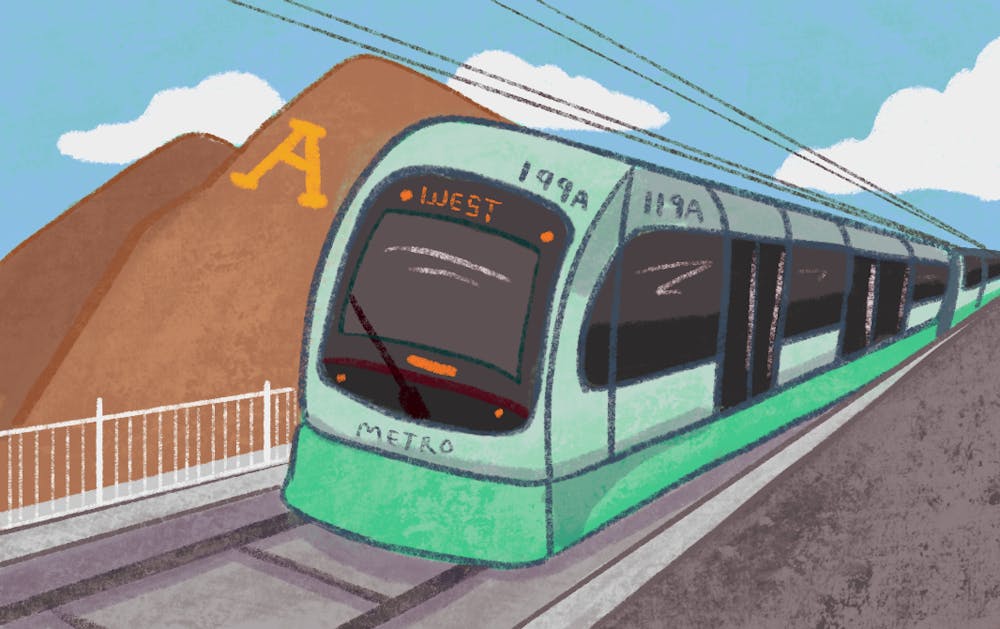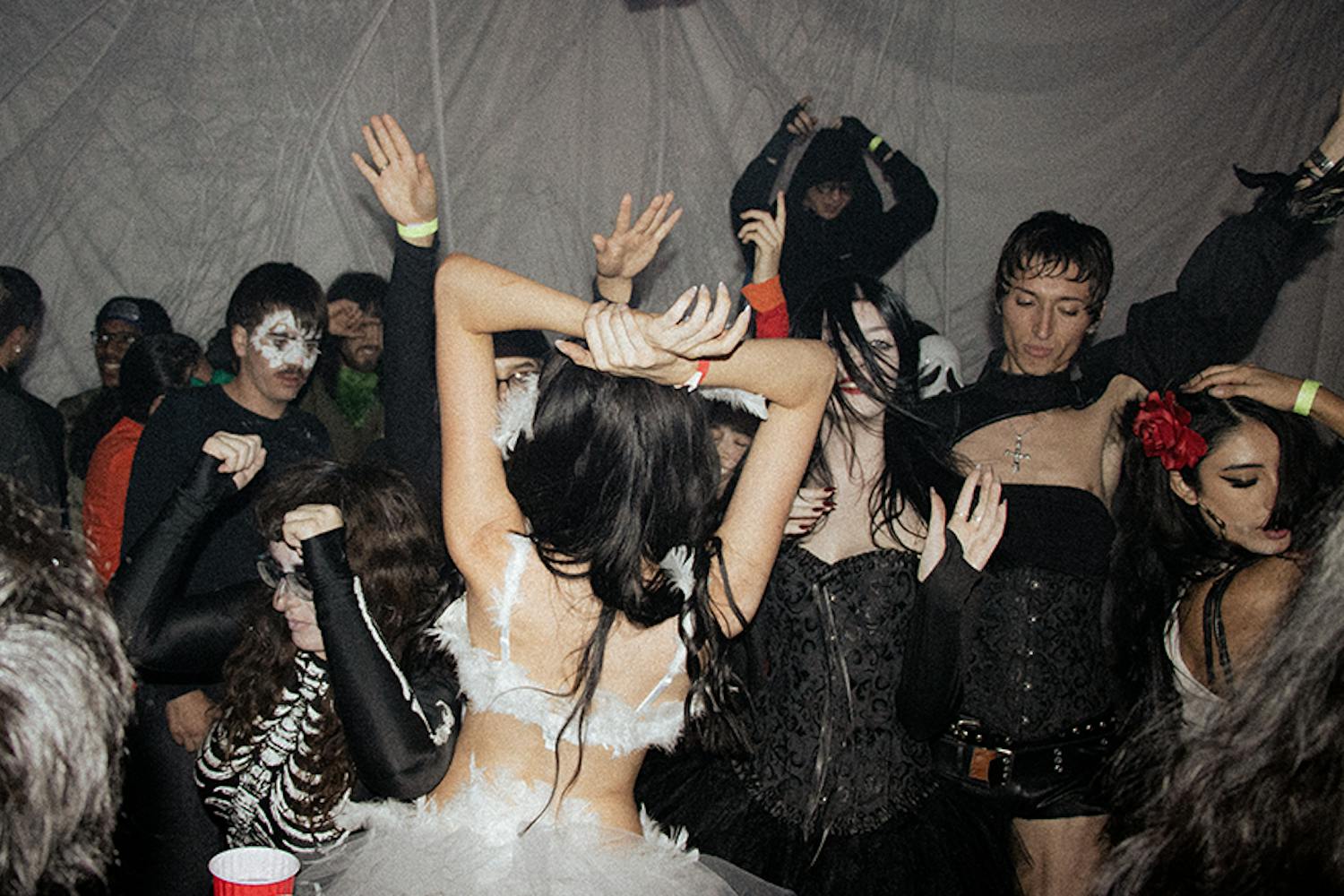With stops near both the Downtown Phoenix and Tempe campuses, many ASU community members utilized the light rail for daily transportation before COVID-19 concerns put a halt to classes and social events.
Now, Valley Metro workers are making efforts to protect current and future riders from COVID-19.
According to the Centers for Disease Control and Prevention, COVID-19 is spread via droplets, meaning that touching a contaminated surface and then touching one's mouth, nose or face could result in contracting the virus. It has been found to live on surfaces for either a matter of hours or up to days, depending on the type of material.
For some who take public transportation, this concern is heightened due to the number of people who ride the bus or the light rail each day.
Valley Metro has put new precautions in place to ensure the safety of riders and operators on the light rail and buses, Valley Metro Spokesperson Madeline Phipps said.
“We’ve enhanced a lot of our efforts on cleaning,” Phipps said.
Buses, light rail trains and stations are cleaned every day, and fogging is done for the light rail once a month. Fogging is an antiviral, antibacterial vapor misting system that keeps surfaces cleaner for longer periods, Phipps said.
Bus passengers are now entering through the rear doors to avoid coming near operators, and both buses and light rail trains have blocked off the first section of seats to minimize operators' contact with people, Phipps said.
According to the American Public Transportation Association transit guidelines, riders are encouraged to carry hand sanitizer, wear face masks, use public transportation for essential trips only during “stay-at-home” periods and keep a distance from others while waiting to ride.
Light rail trains have also moved to visual fare inspections, meaning that passengers no longer have to physically hand over their ticket to verify its authenticity.
“Our fare inspectors normally would take the fare or the ticket from the passenger and inspect it. Instead, they are just having people show the fare so they can maintain some distance. They don't actually have to touch anything,” Phipps said.
Valley Metro added new signage on the light rail trains and buses that encouraged social distancing.
"In general our ridership is down about 50% on bus and light rail," Phipps said. "There are half as many people riding as normal, so I think naturally social distancing is happening."
Despite these new procedures, some ASU students are still concerned about their health and safety while riding public transit.
“A lot of people take the light rail and they don’t stay far apart,” Cynda Berry, a junior studying criminology and criminal justice at the Watts College of Public service and Community Solutions, said. “I never realized how impactful that could be."
Before ASU transitioned to online classes, Berry took the light rail from her home in Mesa to the Downtown Phoenix campus.
Some students, like junior digital culture major Christian Puebla, don't plan on using public transportation until more scientific developments, like a vaccine, are made to combat the virus.
He used to take the Valley Metro bus and light rail to the Tempe campus from his home in Phoenix before ASU transitioned online because of the lower price compared to driving. Now, he feels safer paying for gas and parking fees for his own vehicle.
“I don't have to take the light rail or the bus, it's just a cheaper option I like to take,” Puebla said. "(Driving is) going to be a lot more expensive."
Reach the reporter at mewill31@asu.edu and on Twitter @Madwill_edie.
Like The State Press on Facebook and follow @statepress on Twitter.




